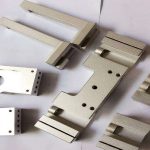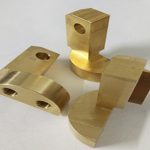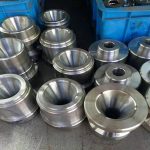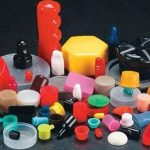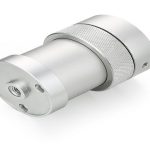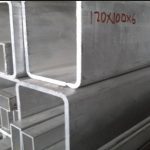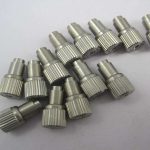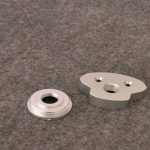The “Technology Roadmap for Energy-saving and New Energy Vehicle Development” pointed out that in 2020, 2025, and 2030, the weight of a bicycle needs to be reduced by 10%, 20%, and 35% respectively compared with 2015. The intensity of the implementation has made many companies feel more pressure, especially the new energy vehicles that represent “clean energy”, which will inevitably take the lead.
The advantages of automotive plastics do not need to be repeated, but it must be realized that consumers still have resistance to the safety of automotive plastics. For example, automobile manufacturers using plastic tailgates, Nissan, Volvo and other companies rarely promote its effects. In addition, the epidemic has also caused consumers to pay more attention to the health and safety of automobiles. According to the weight of different interior parts, the parts that contribute the most to the xylene content in the air in the car are the surface sprayed instrument panel cover, followed by the pillar guard and the foot pad. It is imperative to reduce the VOC of plastic parts.
The use of car plastics needs to balance car safety
Driven by the dual factors of energy conservation and environmental protection, China’s automobile manufacturing industry has basically achieved plasticization in the interior trim field. On the new development route, the mainstream idea of automobile lightweight is to further plasticize the outer cover. For example, the previously rare plastic engine cover and plastic front fender have been adopted.
Geely Zhidou D2 new energy electric vehicle plastic front fender.
Comprehensive light weight and safety requirements, plastic engine cover is an excellent new development area. This is because the plastic engine cover can effectively reduce head injuries due to pedestrian protection requirements.
In the face of greater energy collisions, the use of plastic hoods can also effectively alleviate the overall rearward movement of the hood, breaking the front windshield, and causing injury to the occupants in the car. To solve this problem, the design of the inner plate bending channel used for the metal engine cover has complicated stamping process and high cost. Nowadays, plastic engine covers have been used in a small range on some new energy vehicles.
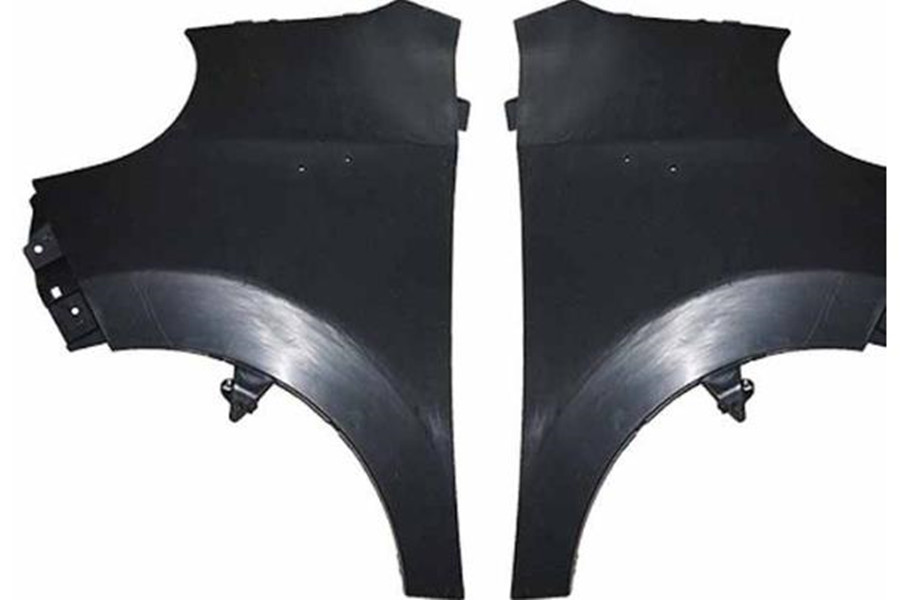
Lightweight and safety are a mutual game process. Therefore, the occupant area located in the middle is more cautious in the use of lightweight. Judging from the existing attempts, it is not very ideal.
For example, the multiple broken shaft events of the Ideal ONE, although there is no evidence that it is directly related to the material of the lower swing arm, the ball pins placed on this structure have been clearly replaced.
However, according to the needs of lightweight development, after the plasticization of the front and rear collapse energy-absorbing areas, the passenger area in the middle will inevitably make a contribution. According to the latest technology display, battery packs will be a hot spot in the future. For example, Durethan BKV45FN04 developed by LANXESS has 45% by weight of glass fiber reinforced material and has tracking resistance under high voltage. It is suitable for components such as battery frames, end plates and high-voltage connectors.
It should be noted that, with the frequent occurrence of spontaneous combustion of electric vehicles, the fire protection requirements are prominent, and products with flame retardant characteristics will play a major role in the field of new energy. In addition to Durethan BKV45FN04, for example, Ultramid flame-retardant products launched by BASF also performed well. Including C3U, A2X2G5, A3X2G5, A3X2G7, A3X2G10, B3UG4 and KR4365G5, it can be applied to electrical components that require high fire safety and tracking resistance.
Environmentally friendly plastic reduces VOC
In addition to satisfying the “hard safety” of anti-collision and fire prevention, “soft safety” is equally important. Commonly used automotive interior plastics include ABS, PC, PP, PVC, PU, POM, etc. In order to reduce the impact of these conventional plastics on automotive VOC, they are often controlled at the source of plastic production. Improved methods include process adjustments and additives Selection, solvent and monomer control, etc.
In addition, according to the latest development, the use of the following materials will have greater prospects.
Spray-free plastic
The most eye-catching application case of spray-free materials in automobiles is Smart. Its outer body covers a large number of Xenoy PC/PBT resin panels from Sabic, and it uses a spray-free process. The features of spray-free materials, rich colors and high surface gloss, are fully revealed on this car.
The spray-free material has a wide application range, and it can be applied to both internal and external decorations.
At present, the spray-free plastic technology is not very mature, and it is a very forward-looking technical field from the perspective of environmental protection. There are not many companies that have this technology in China, such as Plite, Five Elements Technology, and Jinfa. For example, the metallic paint and pearlescent effect spray-free materials launched by Jinfa can be applied to bumper bottom guards, skirts, anti-scratch strips, wheel eyebrows, decorative strips and inner door handles.
Bio-based plastics
Bioplastics refer to plastics produced under the action of microorganisms based on natural substances such as starch. It is reproducible and therefore very environmentally friendly. In 2017, the bio-automotive team of the Eindhoven University of Technology in the Netherlands released a biodegradable car Lina, which uses bio-based composite materials made of flax and sugar beet except for the wheels and suspension system. The characteristic is that it can be biodegradable and lightweight.
Bio-based biodegradable plastics currently used in the automotive industry include polylactic acid (PLA), polyhydroxy fatty acid polymers (PHAs), polybutylene succinate (PBS), etc., for example, PLA can be used to make air intake grilles Grids and PHAs can be used to make car mats, and modified PBS can be used to make car door trim strips.
According to a report entitled “Global Market for Bioplastics and Biopolymers in 2021” provided by ResearchAndMarkets.com. Although global environmental awareness continues to increase, bioplastics currently account for only about 1% of the annual output of 365 million tons of plastics (although its annual growth rate is 30%), and bio-based plastics have broad development prospects.
Polypropylene (pp)
In typical passenger cars, pp plastic parts account for more than 60. The main varieties of pp auto parts are: bumpers, battery shells, instrument panels, door trim panels, steering wheels, etc.
Polyethylene (pe)
Through grafting modification and filling toughening modification of high-density PE and low-density PE resin, a series of modified PE alloy materials with flexibility, weather resistance and coating performance are obtained. pe materials mainly use blow molding methods to produce fuel tanks, vent pipes, baffles and various storage tanks.
ab resin
It is a terpolymer of three monomers of acrylonitrile, butadiene and styrene. It can be used to make exterior or interior parts of automobiles, such as instrument housings, refrigeration and heating systems, tool boxes, armrests, radiator grids and dashboards Skin, suitcase, glove box cover, etc.
Polyamide (pa)
Commonly known as nylon, it has high impact resistance, friction and abrasion resistance, heat resistance, chemical resistance, lubricity and dyeing properties.
pa can be used in harsh environments around car engines.
Polyoxymethylene (pom)
It has excellent friction and abrasion resistance, long-term sliding properties, molding fluidity, and beautiful surface and gloss properties. It is also suitable for insert molding. Polyoxymethylene type three-layer composite materials are widely used in automobile chassis bushings.
Summarize
The IGS market report believes that the average total amount of plastic used per car in 2020 will reach 350kg, and the average use of plastic per car in 2014 will be about 200kg. Under the general trend of automobile energy saving and emission reduction, the use of automobile plastics will be further expanded. But it is undeniable that there are still a lot of problems to be solved in terms of safety and environmental protection.
The push from top to bottom has great resistance in the current stage, and consumer-centric R&D ideas are extremely important. This warns that automotive plastics have entered a new era, and material innovation needs to control the two important principles of “safety + environmental protection”.
Link to this article:Automotive plastics usher in the era of lightweight
Reprint Statement: If there are no special instructions, all articles on this site are original. Please indicate the source for reprinting:https://www.cncmachiningptj.com/,thanks!
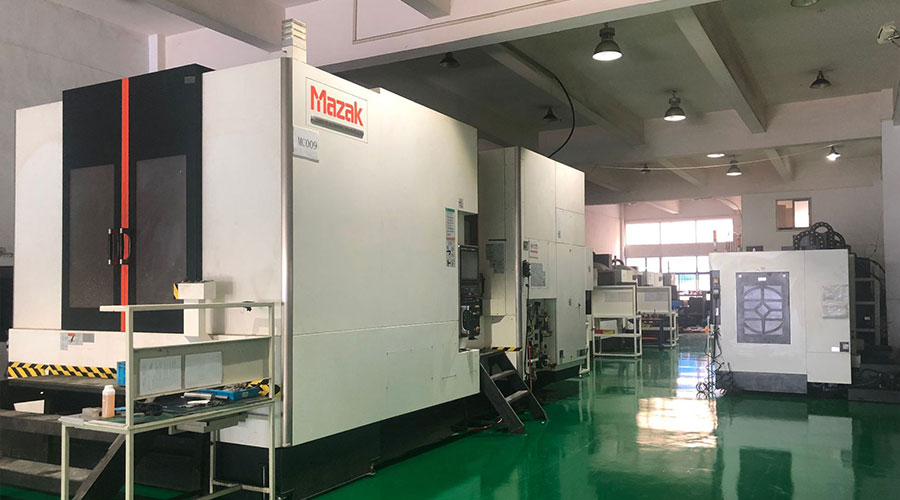 Sheet metal, beryllium, carbon steel, magnesium, 3D printing, precision CNC machining services for heavy equipment, construction, agriculture and hydraulic industries. Suitable for plastics and rare alloys machining. It can turn parts up to 15.7 inches in diameter. Processes include swiss machining,broaching, turning, milling, boring and threading. It also provides metal polishing, painting, surface grinding and shaft straightening services. The production range(include aluminum die casting and zinc die casting) is up to 50,000 pieces. Suitable for screw, coupling, bearing, pump, gearbox housing, drum dryer and rotary feed valve applications.PTJ will strategize with you to provide the most cost-effective services to help you reach your target,Welcome to Contact us ( [email protected] ) directly for your new project.
Sheet metal, beryllium, carbon steel, magnesium, 3D printing, precision CNC machining services for heavy equipment, construction, agriculture and hydraulic industries. Suitable for plastics and rare alloys machining. It can turn parts up to 15.7 inches in diameter. Processes include swiss machining,broaching, turning, milling, boring and threading. It also provides metal polishing, painting, surface grinding and shaft straightening services. The production range(include aluminum die casting and zinc die casting) is up to 50,000 pieces. Suitable for screw, coupling, bearing, pump, gearbox housing, drum dryer and rotary feed valve applications.PTJ will strategize with you to provide the most cost-effective services to help you reach your target,Welcome to Contact us ( [email protected] ) directly for your new project.
Link to this article:Automotive plastics usher in the era of lightweight
Reprint Statement: If there are no special instructions, all articles on this site are original. Please indicate the source for reprinting:Tungusten,Thanks!^^

